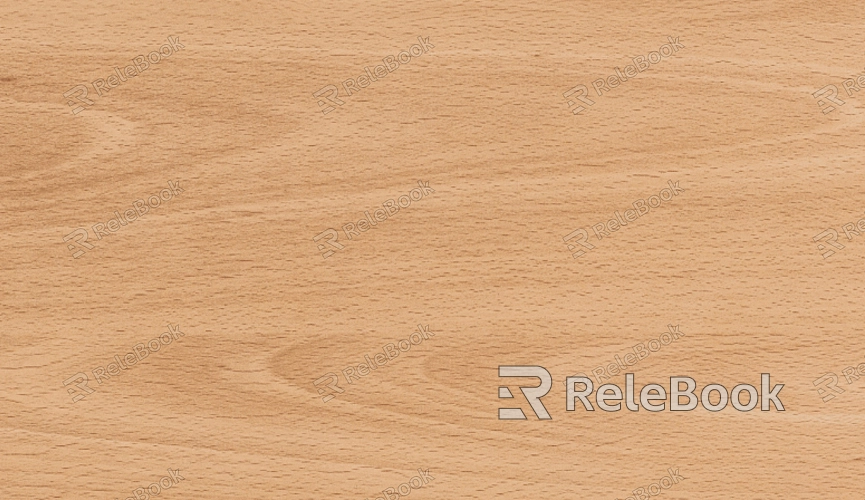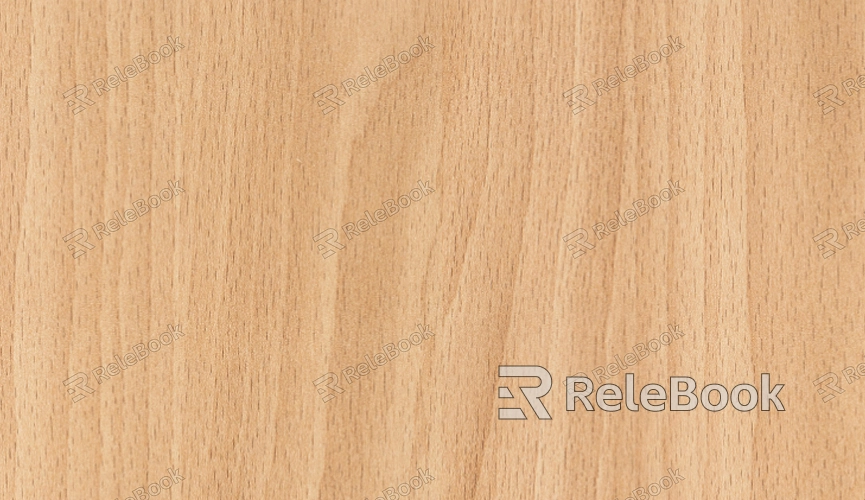How to Texture in Photoshop for 3D Models?

Setting Up Your Project
Before diving into texturing, it's essential to set up your project correctly. Begin by exporting the UV map of your 3D model from your modeling software. A UV map is a 2D representation of the 3D model’s surface, showing how textures wrap around it. Save this UV map as a high-resolution image file, such as a PNG or TIFF, to ensure the best quality in Photoshop.
Once you have your UV map, open Photoshop and create a new document with the same dimensions as the UV map. Import the UV map into this document as a reference layer. This layer will help you align and position your textures accurately.
Creating Textures
With your UV map in place, you can start creating textures. There are several methods to generate textures in Photoshop:
1. Painting Textures
For a custom look, you can paint textures directly onto the UV map. Use Photoshop's brush tools to add details, colors, and patterns. Consider using different brush settings and textures to create realistic surface details. Work on separate layers for each texture element (e.g., base color, dirt, scratches) to allow for easy adjustments and modifications.
2. Using Texture Images
If painting is not your preferred method, you can use pre-existing texture images. Import high-quality texture images into Photoshop and overlay them onto the UV map. Adjust the blending mode and opacity of these layers to integrate the textures seamlessly with your UV map. Use layer masks to fine-tune the areas where textures are applied.
3. Generating Patterns and Details
Photoshop’s pattern and filter tools can also help in creating intricate textures. Use the “Pattern Overlay” option to apply repetitive patterns, and explore filters like “Noise,” “Grain,” and “Texturizer” to add depth and realism. Experiment with these tools to achieve the desired texture effect.

Refining Textures
After applying your initial textures, it’s time to refine them to ensure they look realistic and cohesive.
1. Adjusting Colors and Contrast
Use adjustment layers, such as “Hue/Saturation,” “Levels,” and “Curves,” to tweak the colors and contrast of your textures. These adjustments help ensure that the textures look natural under different lighting conditions and maintain consistency across the model.
2. Adding Details and Effects
To enhance realism, add small details like dirt, scratches, or wear. Use brushes with varying opacity and flow to create subtle effects that make your textures more lifelike. Pay attention to the model’s seams and edges, as these areas often require extra detailing to avoid visible transitions.
3. Checking Texture Seams
Seams can be problematic in texturing, causing noticeable lines or discontinuities on the model. Carefully inspect the UV map and your texture to ensure that seams are well-blended and less noticeable. Utilize cloning and healing tools in Photoshop to smooth out any discrepancies.
Exporting and Applying Textures
Once your textures are complete, export them in a format compatible with your 3D modeling software, such as JPEG, PNG, or TIFF. Ensure you maintain high resolution to preserve texture quality.
1. Export Settings
When exporting, choose settings that balance file size and quality. For instance, use PNG for lossless compression if maintaining detail is crucial. Ensure the color profile is consistent with your 3D software to avoid color discrepancies.
2. Applying Textures in 3D Software
Import your textures into your 3D modeling software and apply them to your model using the UV map. Adjust the texture mapping settings to ensure proper alignment and scaling. Test the model in different lighting scenarios to verify that the textures look as intended.
Troubleshooting Common Issues
Even with careful texturing, you may encounter issues. Here are some common problems and solutions:
1. Texture Stretching
Texture stretching occurs when the texture does not align properly with the UV map. To address this, adjust the UV map in your 3D software, ensuring it unwraps correctly and evenly. You may need to tweak the texture in Photoshop to fit the revised UV layout.
2. Visible Seams
Visible seams can spoil the appearance of your model. To minimize seams, ensure your texture layers blend well at the edges. Use Photoshop’s blending tools and layer masks to seamlessly integrate textures across seams.
3. Color Mismatches
If your textures appear differently in your 3D software compared to Photoshop, check your color profiles and settings. Ensure that both applications use the same color space to maintain consistency.
FAQ
What resolution should I use for textures in Photoshop?
A higher resolution provides more detail but increases the file size. Typically, 2048x2048 or 4096x4096 pixels are good starting points for high-quality textures. Adjust based on your project's needs.
Can I use Photoshop’s 3D tools for texturing?
While Photoshop does have basic 3D tools, they are limited compared to dedicated 3D software. It’s generally better to use Photoshop for texture creation and refinement and apply textures using specialized 3D applications.
How can I ensure my textures look realistic?
Pay attention to details, such as surface imperfections and natural color variations. Use reference images and consider the model’s environment to guide your texture design.
What file formats are best for exporting textures?
PNG and TIFF are ideal for lossless quality, while JPEG can be used for smaller file sizes with acceptable quality. Choose based on your balance of quality and performance needs.
How can I improve my texturing skills?
Practice regularly and study textures from real-world objects. Experiment with different techniques and tools in Photoshop to discover what works best for your style and projects.

